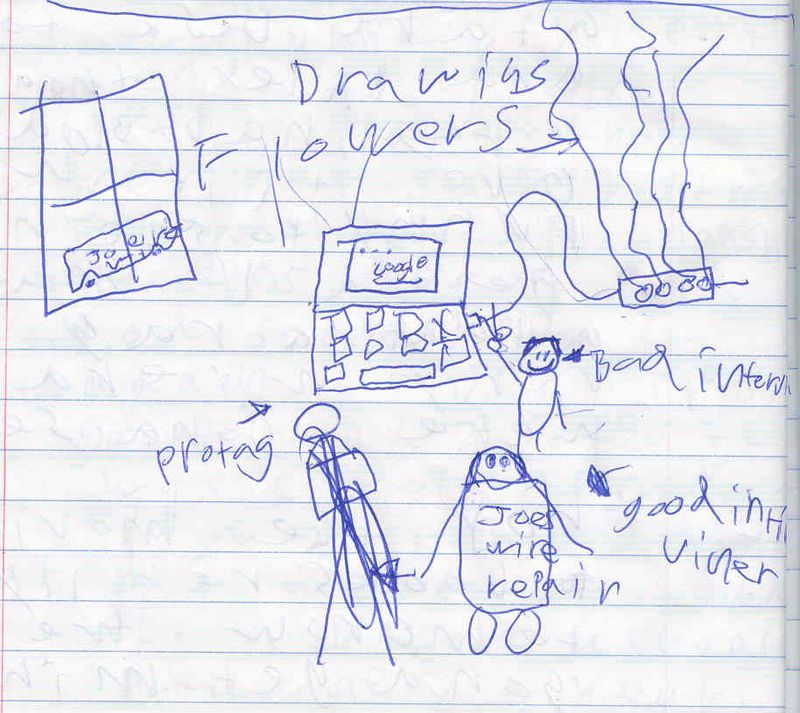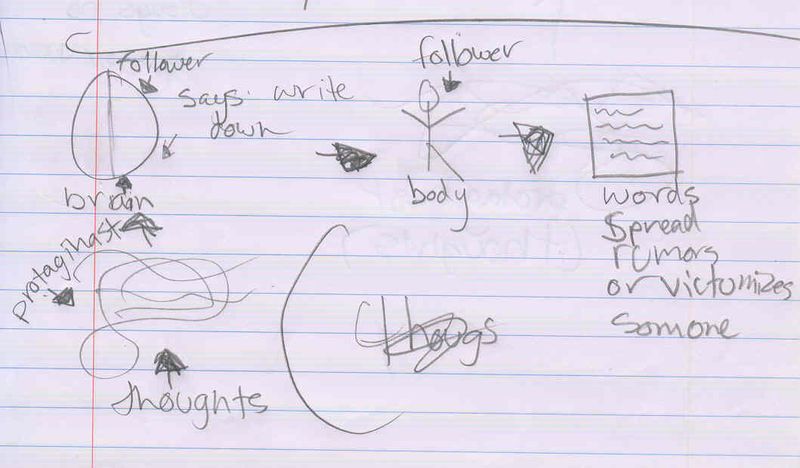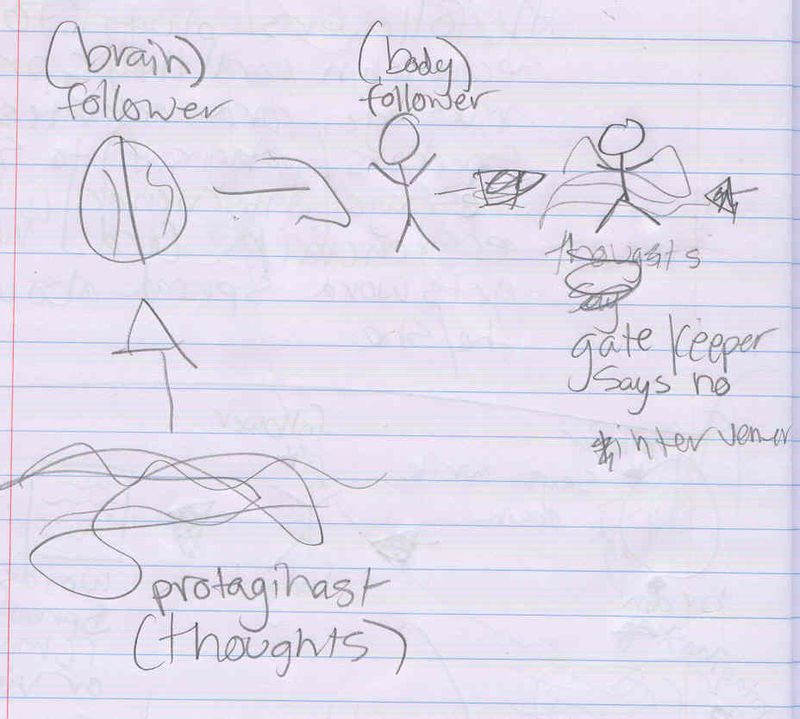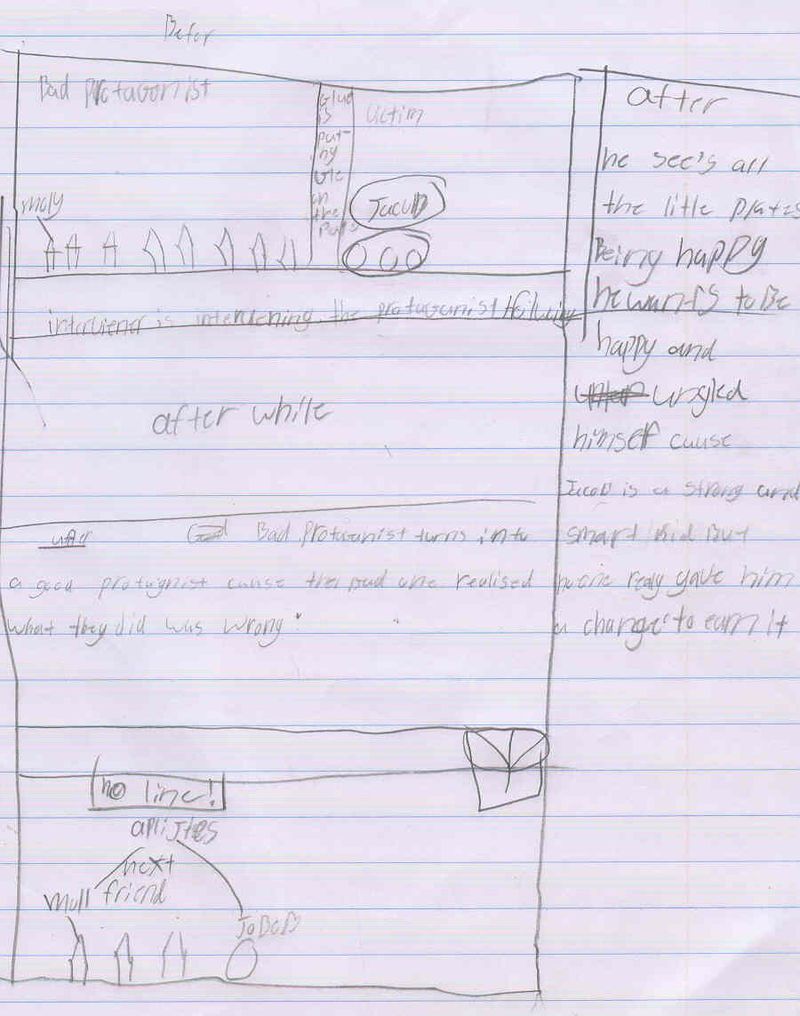Group Dynamics Revisited
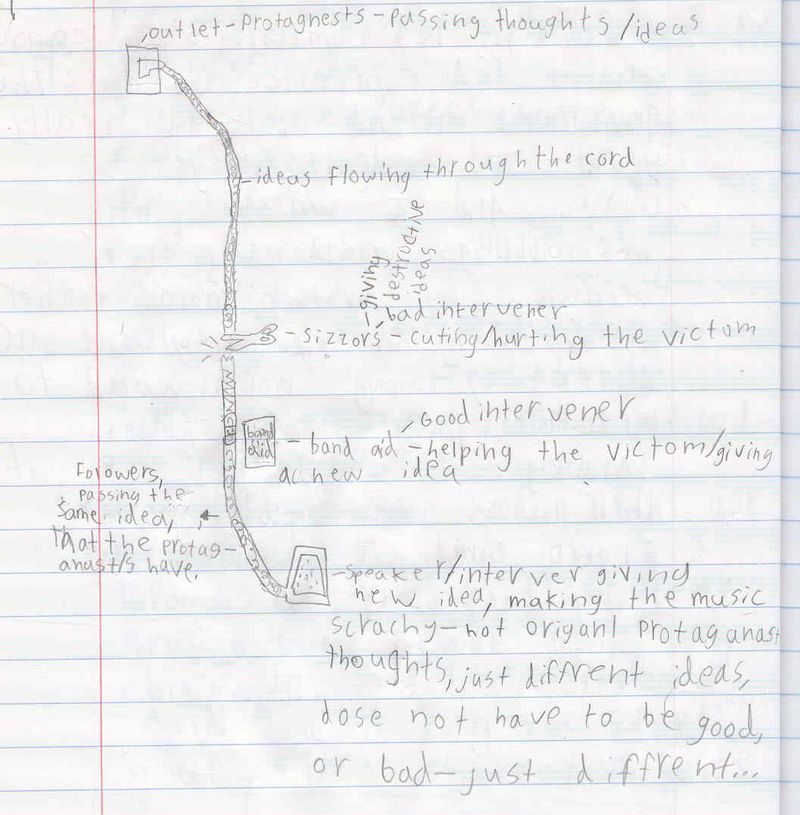
Judy Graves came to talk to Opal 3 on Thursday, April 28. She reminded us of the work we had done with her earlier in the year about the different roles that people take on in communities (link to old post) and to share some new ideas with us.
It is a natural thing in communities of children who are 8 to 11 years old for groups to form. At this age, it is new, but these groups are the way human beings interact throughout adult life. Like minded people tend to stick together and form groups of friends. These groups are important for children because they help establish identity and they help people feel important. The hard part about these groups is that they sometimes vilify other groups or people. When they vilify others it means they exclude them or push them out and make them seem different or bad.
It is also true that in communities of children who are 8 to 11 years old, it is natural to choose someone in the community to put down. If we don't have an opportunity to learn about this natural tendency and create strategies to deal with it, these habits will also persist into the adult world.
Judy went on to tell us that the literature says that these things that happen to children will just happen and there is nothing we can do about it. But, we at Opal School don’t agree. We believe that if you teach children about how to be aware of their roles in a community and help them come up with strategies to do things differently, they will. We trust that children can make a positive difference in their communities.
Judy left us with a challenge. She wants us to come up with real strategies to act in a way that prevents the natural tendencies of our community to hurt some of its members. Specifically she has challenged us to wonder:
1. How do community members respond to a situation in which a member is continually singled out for put downs? What strategies do we have for turning this around?
2. What are constructive ways of handling our assumptions (or that of others) before they turn into unhealthy, hurtful rumors?
3. How do groups of friends maintain positive, healthy relationships with other groups of friends within the classroom community? What strategies do we have for being welcoming and inclusive while maintaining close relationships with groups of friends?
On Friday, April 29, Opal 3 played a game called, Traffic Jam. In the game, everyone lines up in a straight line on pieces of newspaper. The line is split in half and a blank piece of newspaper is placed in the middle. The rules of the game are that everyone on one side of the blank piece of newspaper has to switch sides with everyone on the other side. You have to stay in the order you’re in now. Only one person can move at a time. You may only pass a person who is on the opposite team, you always have to be standing on a piece of newspaper, and you can't share a spot with someone else.
http://www.ehow.com/how_5425939_play-traffic-jam.html
After we played, and successfully completed the challenge, we had a chance to check in to see how it went.
Levia: Did you recognize any of the roles in this game?
AW: There was no victim. There were protagonists – MM was a protagonist, I was a protagonist and PK was a protagonist. We had an idea of moving even if no one followed and even if it didn’t work, we still shared our idea. We wanted to speak up. To be a protagonist you have to bring ideas and you have to actually act. You need to speak up.
MM: When it didn’t work and we all started over a new protagonist came. It was me and PK and AW. It ended up working out because everyone, even the people who didn’t have an idea were flexible. Maybe at first the people who didn’t have an idea were jealous of the people who did share an idea but then they were flexible, like they were an inner intervener but an outer follower.
PK: At first everyone was a bystander. The intervener told us to start over.
Levia: MC, you were the intervener PK is talking about who got us all to start over. What was that like?
MC: I knew that was the only way to solve the problem. We were all on the wrong spots and it would have been too hard to fix it.
TW: I was basically a follower. I got used to it. At first I didn’t know what I was doing because I wasn’t paying attention. I was just playing with my newspaper. You really have to pay attention to be a follower.
EY: They have to pay attention to what they should be doing. If they are trying to be helpful, they need to pay attention.
Levia: So do followers are who are following a protagonist who is helping the community have to pay attention?
PK: No one tries to be destructive on purpose.
?: Yes they do!
MC: Followers kind of act like leaders. They are extenstions. They extend what the leader said and they just act like the leader – they tell people to do what the leader wants them to do. It spreads it – if it’s something good – it goes further. But if it’s something destructive it could destruct. I don’t know, it’s not necessarily mean, but the word protagonist sounds bad to me. Intervener sounds better, like a more friendly, community building role.
Levia: I am so interested to know if anyone can help us with a metaphor for what Maxx C is talking about, about how the followers are extensions of the leader.
RC: The followers are extensions for what the protagonist said. You know those extension cords you can get? You plug it into the wall and then there are like six outlets on the end? The protagonist is the wall outlet. The follower is the cord – the space between the wall and the other outlets… it’s like in my house we play music on the computer downstairs but you can hear it on the upstairs speakers. The computer is the protagonist and the speakers are the followers.
ET: The cord could be the intervener!
PK: A destructive intervener is wire cutters that cut the extension cord. A good intervener plugs it back in.
Like after a Science Talk, Levia sends the students back to their seats to find their own metaphors for MC’s idea of the followers as extensions of the protagonist.
Student responses:
AW drew the metaphor that RC started to paint for the group.
HS saw the protagonist’s message as an email that makes people happy (with drawings of flowers) that his protagonist planned to send. The bad intervener cut the wire (with a big smile on his face!) and then the good intervener (Joe’s Wire Repair) came to fix the wire.
CE: My body is like the community. My thoughts are the protagonist and they go to my brain. Then my brain is the follower and says, “write that down.” Then my body follows my brain and writes words that spread rumors or victimizes someone.
CE: In this one, my body is still like the community, but my gate keeper says no. My gate keeper is the intervener.
TW: I used the metal shelf. The big community is the metal shelf. The glue is Molly (the protagonist) and Jacob (the victim) is the plates. Molly’s been putting glue on Jacob’s plates. The glue is on their plate and they get wrapped up in a little ball and it’s hard to get out of it. They can’t step out and say, “I don’t like that.”
TW: I didn’t finish the last part yet.
Levia: What will go there?
TW: Know how that’s a line right there? It will be no line and then here goes Jacob, there’s Molly and they apologize. Next thing you know…
Levia: How does Jacob get unglued?
TW wrote in her notebook: After: He sees all the little plates being happy, he wants to be happy and unglued himself because Jacob is a strong and smart kid but no one really gave him a chance to earn it.
The bad protagonist turns into a good protagonist cause the bad one realized what they did was wrong. Molly and Jake are different. All the boys are the plates and all the girls are the glues. When there is no line, they are all friends.
I am confident that we will get to tackle the big questions that Judy left us with. I am also so impressed by how the students are making sense of the power their ideas have in their community, of how a protagonist has to speak up, how an inner intervener can choose to be an outer follower when it helps the community, and how the followers are extensions of the leader. I hope we will also all recognize how hard it is for a victim to “get unglued”.


